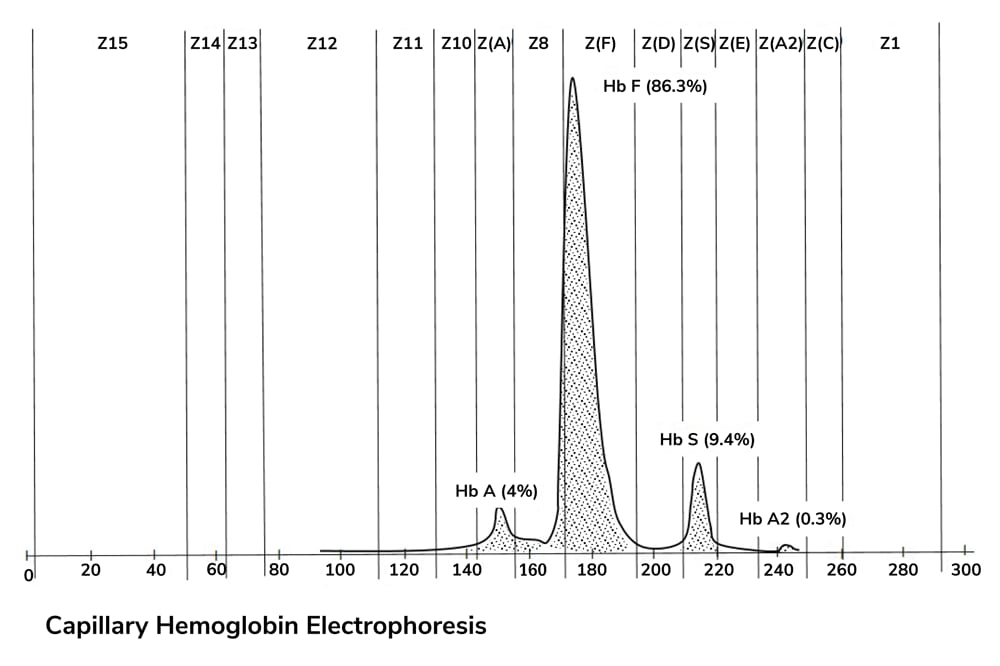Early testing and detection of neurodegenerative diseases is critical for positive patient outcomes. In light of recent advancements in Huntington’s disease diagnostics, we connected with Russ Lebovitz, CEO and co-founding scientist at Amprion, to discuss the challenges in neurodegenerative diagnostics and what the future holds.

What initially drew you to research neurodegenerative diseases?
Amprion began its journey into understanding neurodegenerative disease through research on variants of Creutzfeldt-Jakob disease (CJD), including Mad Cow disease. Our scientific co-founder, Claudio Soto at the University of Texas, developed a methodology for amplifying CJD prions, enabling remarkably accurate diagnoses in both living animals and humans.
From 2007 to 2010, Claudio and I focused on detecting prions associated with CJD. However, as a startup, we soon recognized that the market for CJD testing was small. What we did discover, though, was a striking parallel between these misfolded proteins and those implicated in more common neurodegenerative diseases. That larger patient population – and the profound unmet diagnostic need – pointed to an opportunity to adapt our technology to a much broader purpose.
So, we refocused our efforts to help advance the diagnosis of some of the most complex and devastating diseases of our time.
Your research led to the development of the first validated test for detecting the alpha-synuclein biomarker – an important breakthrough in Parkinson’s and related synucleinopathies. Could you walk us through how that discovery came about?
After shifting our focus from CJD to more prevalent neurodegenerative diseases, we raised funds to explore diagnostic solutions targeting beta-amyloid, tau, and alpha-synuclein. Of these three, alpha-synuclein exhibited behavior most similar to CJD prions, so we chose to pursue it as the foundation for our first diagnostic product.
Our SAAmplify-αSyn assay has exceeded our expectations for accuracy, demonstrating nearly 100 percent correlation with neuropathological findings verified by independent academic experts. Even more remarkably, SAAmplify appears capable of detecting active disease up to 20 years before clinical diagnosis. Among individuals with a 10 percent genetic predisposition to Parkinson’s disease or Lewy body dementia, SAAmplify-αSyn is the first biomarker to turn positive – identifying those on a clear path to disease.
The broader impact of this test is equally significant. By enabling earlier and more accurate diagnosis, we can better design clinical trials, track disease progression, and accelerate drug discovery and development across the neurodegenerative disease landscape.
This evolution illustrates how rapidly biomarker science can progress. Even for diseases as challenging as Huntington’s, patients should take heart – because the science is always moving forward.
Do you envision similar biomarker-based approaches transforming the way Huntington’s is diagnosed or monitored?
A protein misfolding assay for Huntington proteins could simplify the challenge of detecting the many different mutations associated with the disease. The diagnostic utility of such an assay remains to be determined, but in principle, a single misfolded-protein test for Huntington could identify most – if not all – mutations that accelerate the misfolding process.
From a diagnostic perspective, what are the biggest challenges clinicians and laboratories still face in Huntington’s disease today?
My expertise primarily focuses on the more prevalent neurodegenerative diseases.
That said, genetic forms of neurodegenerative disease – particularly those that are autosomal dominant, such as Huntington’s disease and SOD1 variants of ALS – involve specific mutations that increase the tendency of proteins to misfold and form amyloid structures. While these mutations can be identified at the DNA or RNA level, we focus on detecting the protein misfolding process itself, where disease mechanisms ultimately take shape.
How do you see the role of the clinical laboratory evolving in neurodegenerative disease diagnostics?
We are already seeing precision medicine, first established in oncology, emerging as the new paradigm for diagnosing neurodegenerative diseases. Most of these conditions exhibit multiple co-pathologies, each linked to a cascade of multi-omic changes. Current goals include categorizing these changes and establishing a hierarchy that can guide the development of novel disease-modifying therapies. The expertise clinical laboratories have gained in interpreting complex multi-omic data in oncology will translate effectively to the interpretation of similarly intricate datasets in neurodegenerative disease research and diagnostics.
How might artificial intelligence, spatial transcriptomics, or liquid biopsy approaches reshape our ability to detect, monitor, and even predict neurodegenerative disease?
If we define artificial intelligence in this context as the ability to integrate and interpret large, complex datasets, then these technologies – along with others still emerging – are already transforming how we diagnose and treat neurodegenerative diseases.
For example, several existing diagnostic tests now evaluate multiple protein analytes, such as Aβ42 and Aβ40, and use their ratios within defined algorithms to improve diagnostic accuracy. We also have machine learning-based image analysis tools for histology and cytology that enhance consistency and efficiency in interpretation.
Looking ahead, next-generation technologies are set to amplify these capabilities even further – enabling systems to be designed and optimized through natural language prompts rather than traditional programming, making advanced analytical tools more accessible than ever before.
What excites you most about the future of biomarker-driven diagnostics?
Biomarker-driven diagnostics greatly enhance our ability to understand disease processes and progression in real time, on an individualized basis. This approach will lead to more effective therapies – and, just as importantly, more precise application of those therapies for each patient.
It’s estimated that more than 80 million people worldwide are living with a neurodegenerative disease. When you consider each patient’s network of loved ones, caregivers, and communities, the impact extends far beyond the individual. That’s why I take great pride in the work being done in this field – and why I remain deeply hopeful for a future in which neurodegenerative diseases are not only treatable, but perhaps even curable.




